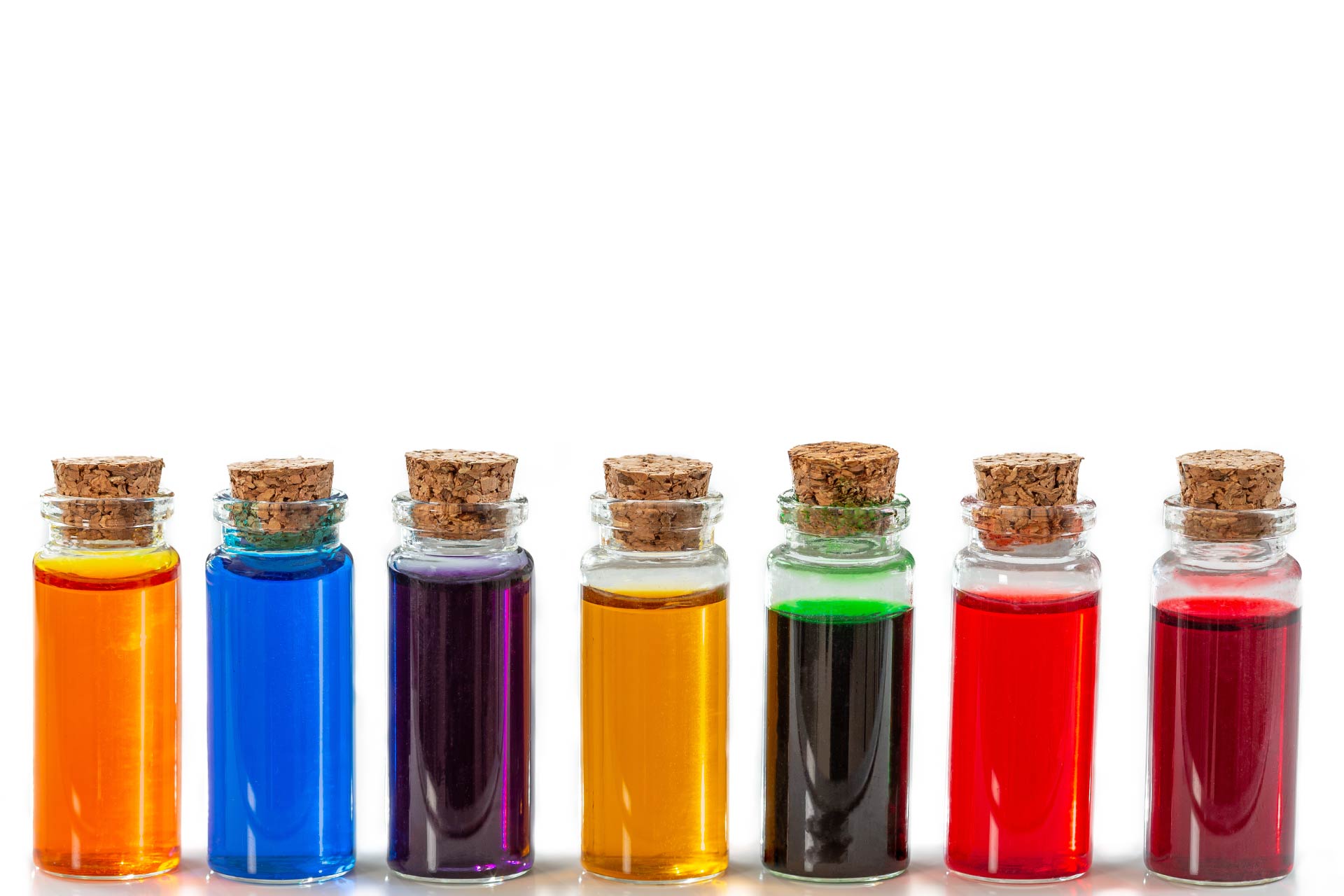• Immune dysregulation
• The role of microbes
What is already known on this topic
Both genetic and environmental factors are known to promote disorders that involve long-term inflammation of the digestive tract, which are collectively known as inflammatory bowel disease (IBD). Several studies have linked the condition with an immune molecule called interleukin (IL)-23, but the exact causes of IBD have remained unclear.What this research adds
Researchers have found that two common food dyes can trigger colitis — an IBD-like inflammation of the gut — in mice with increased levels of IL-23. The development of colitis appeared to depend on the resident microbiota, which produced a metabolite that is known to induce flares of intestinal inflammation.Conclusion
The findings suggest that certain food colorants could be a risk factors for colitis in mice with a dysregulated immune system — but it’s unclear whether food dyes could have similar effects in people.
The exact causes of inflammatory bowel disease (IBD), a group of disorders that involve long-term inflammation of the digestive tract, remain mysterious. But a study done in mice now suggests that specific food dyes may play a role in triggering symptoms of the disease.
The study, published in Cell Metabolism, suggests that yellow and red food colorants could promote long-term gut inflammation in mice, albeit only in those with a dysfunctional immune system. If food dyes have similar effects in humans, the findings could help to manage IBD and potentially treat people with the condition.
Both genetic and environmental factors are known to drive IBD, which is characterized by recurrent flare-ups of symptoms like diarrhea, fever, and intestinal pain. Several studies have linked the condition with an immune molecule called interleukin (IL)-23, but the environmental factors that could drive disease remain unclear.
To elucidate the environmental factors contributing to IBD, a group of researchers led by Lili Chen and Sergio Lira at Icahn School of Medicine at Mount Sinai set out to study the effects of food dyes on gut inflammation. “Artificial food colorants were first introduced in the food chain at the end of the 19th century, but despite being highly prevalent in worldwide diets, they have not been studied in the context of IBD,” the researchers say.
Immune dysregulation
First, the team created different mouse models that expressed IL-23 at high levels. Although increased levels of IL-23 can drive the development of IBD in humans, mice with a dysregulated immune response did not develop the disorder.
Instead, the animals developed gut inflammation, or colitis, only when they were fed a diet containing the colorants Red 40 or Yellow 6, which are found in many foods, drinks, and medicines. Control mice with a normal immune system did not develop colitis when given the same diet.
Rodents with dysregulated immune system also developed IBD-like symptoms when given water that contained the colorants, whereas mice with a normal immune system did not.
The role of microbes
The development of colitis appeared to depend on resident gut microbes, including Bacteroides ovatus and Enterococcus faecalis, which produce a metabolite called 1-amino-naphthol-6-sulfonate sodium salt. This metabolite is known to induce flare-ups of intestinal inflammation.
“Our studies reveal that food colorants contribute to development of colitis in conditions characterized by increased IL-23 signaling,” the researchers say. “Disease development in this setting requires commensal bacteria, such as E. faecalis and B. ovatus, to metabolize Red 40 or Yellow 6,” they add.
Although more work is needed to understand whether food dyes can cause colitis in people, the findings may have implications for human health, the researchers note, since IL-23 has been linked to IBD and consumption of food dyes is widespread. “These findings provide experimental evidence to suggest that specific food colorants are environmental risk factors for colitis development in conditions where IL-23 expression is dysregulated,” they say.











